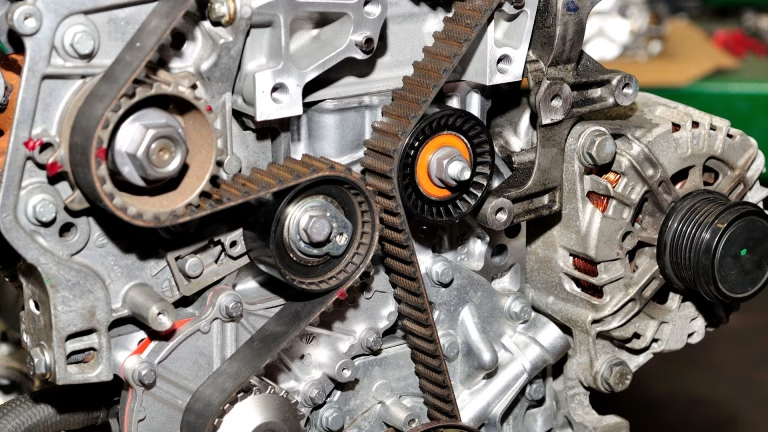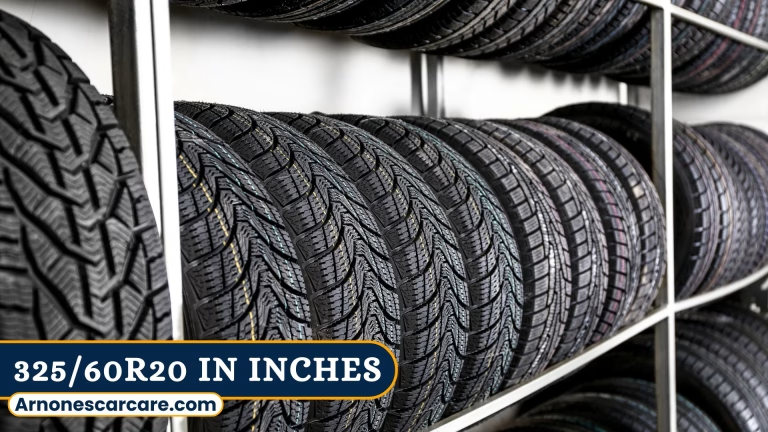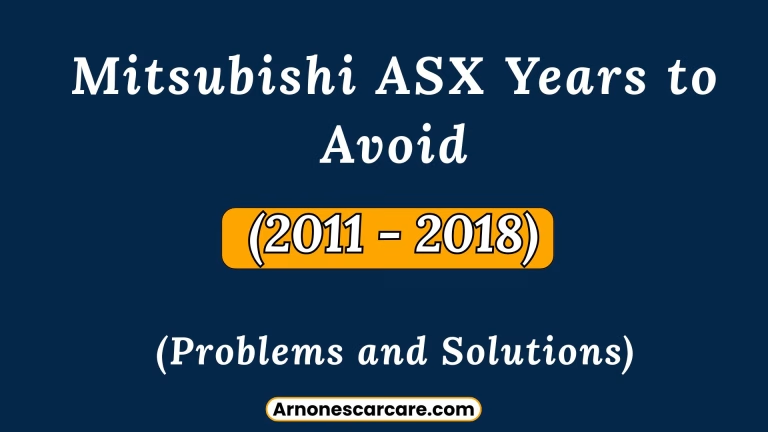
Hill Start Assist (HSA) helps prevent your car from rolling backward when stopped on an incline. If it stops working, a “Hill Start Assist Not Available” warning may appear on your dashboard. This issue could be due to problems with the sensors, brake system, ABS module, battery, or software.
It’s important to diagnose and address the underlying cause to restore functionality. Suppose you’re wondering how to fix Hill Start Assist Not Available. In that case, this guide will walk you through troubleshooting and resolving the issue to restore the system’s functionality and ensure smooth and safe driving.
What is Hill Start Assist?
Hill Start Assist (HSA) is a vehicle feature designed to prevent your car from rolling backward when starting on an incline. It achieves this by temporarily holding the brakes for a few seconds after you release the brake pedal, allowing you to accelerate smoothly. This feature is particularly beneficial for manual transmission vehicles and when driving on steep hills.
How Hill Start Assist Works and Why It Matters?
Hill Start Assist uses sensors to detect the incline and applies the brakes, preventing the vehicle from rolling back until you press the accelerator. This feature improves driving safety, particularly on hills, by helping drivers transition smoothly between the brake and accelerator, preventing rollbacks and reducing the risk of accidents.
Why Does the “Hill Start Assist Not Available” Warning Appear? – Primary Causes
The Hill Start Assist (HSA) system may fail and trigger the “Hill Start Assist Not Available” warning due to various issues. Below are the most common reasons behind this malfunction:

1. Sensor Issues
The Hill Start Assist system depends on different sensors to detect slopes and control braking. Important ones include the incline sensor, brake pressure sensor, and wheel speed sensor. If any of these sensors stop working or send incorrect signals, the system won’t function properly, causing the “Hill Start Assist Not Available” warning to appear.
2. Brake System Issues
The Hill Start Assist system relies on the brakes to keep the vehicle steady on a slope. Problems like worn-out brake pads, low brake fluid, or other brake malfunctions can interfere with its operation. When the brakes fail to work as needed, the system may stop functioning and show a warning message.
3. ABS Module Failure
The Hill Start Assist system works closely with the Anti-lock Braking System (ABS) to prevent the wheels from locking and to keep the vehicle stable on an incline. If the ABS module or any of its parts malfunctions, the system may fail, causing the Hill Start Assist to stop working.
4. Battery Problems
Since the Hill Start Assist system runs on electronic power, it needs a strong battery to function properly. A weak or dead battery can lead to insufficient power, causing the system to stop working temporarily. The Hill Start Assist feature may remain unavailable until the battery is fixed or replaced.
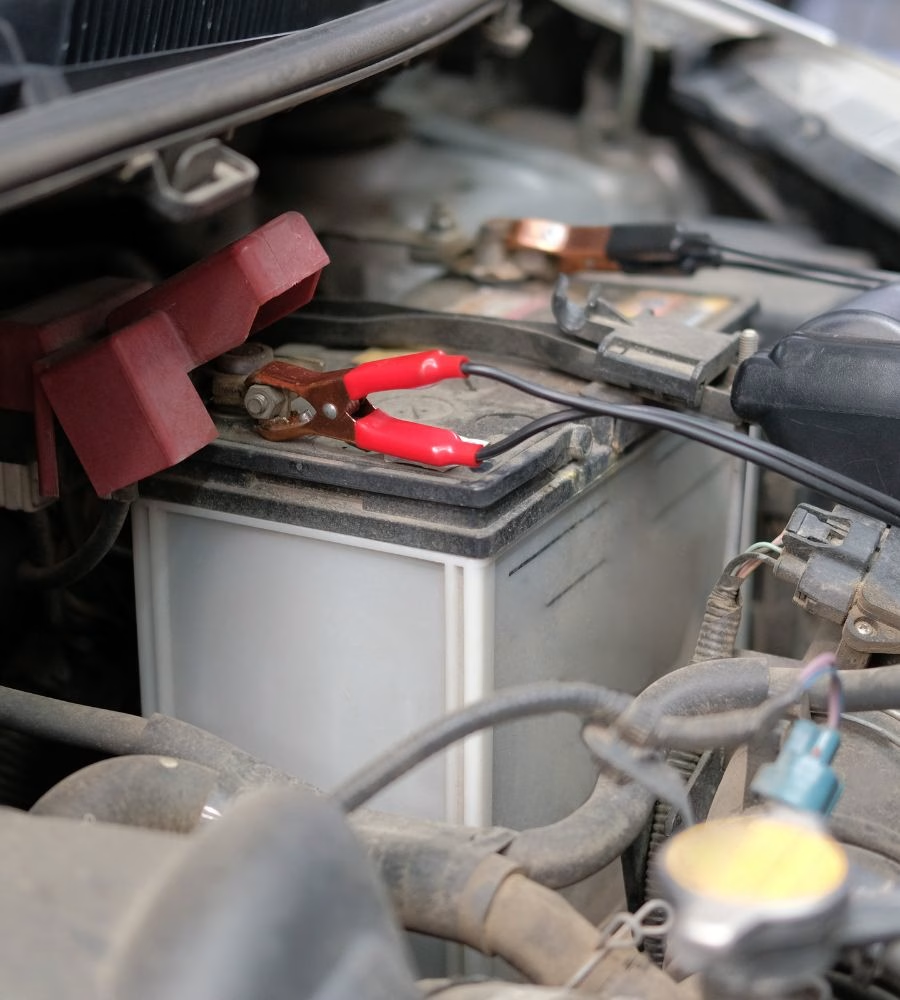
5. Software Malfunctions
The Hill Start Assist system operates through the vehicle’s software, just like many other modern features. If the software has bugs or glitches, the system may not function properly. Keeping the software updated helps prevent these issues and ensures the system works smoothly.
6. Incorrect Sensor Calibration
After repairs or maintenance, the sensors in the Hill Start Assist system may need to be reset to work properly. If they are not calibrated correctly, they might send wrong signals, causing the system to stop working or show an error.
How to Fix Hill Start Assist Not Available Error?
Fixing the Hill Start Assist (HSA) issue depends on the vehicle model and the underlying cause. Below are some common solutions:
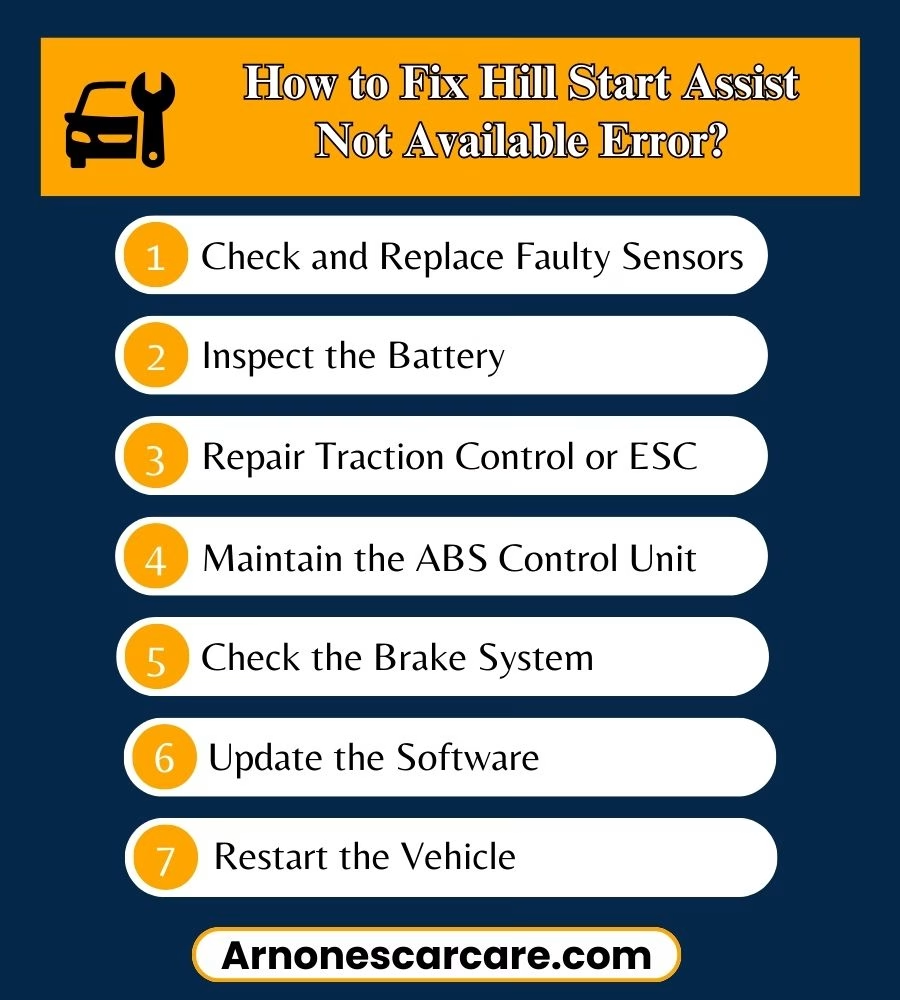
1. Check and Replace Faulty Sensors
A mechanic can run a diagnostic test to check for faulty sensors. If the incline or wheel speed sensor is malfunctioning, replacing it can often resolve the issue.
2. Inspect the Battery
A weak or low battery can temporarily disable the HSA system. Ensure the battery is fully charged, properly installed, and in good condition. If necessary, consider replacing the battery to avoid recurring issues.
3. Repair Traction Control or ESC
If the issue is linked to Traction Control or the Electronic Stability Control (ESC) system, these systems may require recalibration, repairs, or even replacement to restore HSA functionality.
4. Maintain the ABS Control Unit
A faulty ABS module can cause HSA failure. A technician can diagnose the issue and determine if the ABS control unit needs repair or replacement.
5. Check the Brake System
Ensure the brake pads and rotors are in good condition. Also, check the brake fluid levels and refill if necessary. Worn-out brakes or low fluid can interfere with HSA operation.
6. Update the Software
A software glitch might be the reason for the HSA system failure. Keeping the vehicle’s software updated can help prevent such errors.
7. Restart the Vehicle
Sometimes, a simple restart can clear the error message. Turn off the car and restart it, as a temporary system glitch might be causing the issue.
How to Reset Hill Start Assist on a Ford Transit?
If you see the “Hill Start Assist Not Available” warning on your Ford Transit, a simple reset might fix the issue. Follow these steps:
1. Power Down the Vehicle
Make sure the Ford Transit is completely turned off. If you have an automatic transmission, set the gear to Park. For manual transmissions, shift into Neutral before turning off the ignition.
2. Allow the System to Rest
Leave the vehicle off for 5-10 minutes. This pause allows the system to reset and clear minor glitches.
3. Restart the Engine
Turn the ignition back on and start the vehicle as usual. Check if the Hill Start Assist warning has disappeared.
4. Test the Feature on an Incline
To confirm if the HSA feature is working, drive to an incline and come to a stop. The system should hold the brakes for a few seconds, preventing the vehicle from rolling back.
5. Check for Persistent Warnings
If the warning message persists, it could be due to a deeper issue, such as faulty sensors, an ABS module failure, or brake system problems. In this case, it’s best to consult a mechanic for a proper diagnostic check.
By following these steps, you might reset the Hill Start Assist system and resolve minor software-related issues. However, if the problem continues, a professional inspection is recommended.
What are the Symptoms of Hill Start Assist (HSA) System Failure?
If the Hill Start Assist system is not working properly, you may notice the following warning signs:
- Dashboard Warning Message: A “Hill Assist Not Available” alert may appear on the dashboard, indicating that the system is malfunctioning or temporarily disabled, making it unable to assist on inclines.
- Vehicle Rolling Back: When stopping on a hill, the system should hold the vehicle in place for a few seconds. If it fails, the car may roll backward instead of staying stationary.
- ABS Warning Light: The ABS light turning on can signal an issue with the Anti-lock Braking System, which is crucial for Hill Start Assist. A problem with ABS may also cause the HSA system to fail.
- Traction Control Warning Light: The traction control light may appear if there’s a problem with the Hill Start Assist system. Since traction control helps prevent wheel slip on slopes, any issue with it can affect HSA performance.
Car Brands That Commonly Experience Hill Start Assist Problems
While Hill Start Assist (HSA) issues can occur in any vehicle with this feature, some car brands are more prone to them. Based on customer reports and repair data, the following brands and models frequently experience problems with their HSA systems:
1. Land Rover
Land Rover models, including the Discovery 5 (L550), Range Rover Evoque (L538), and Defender (L663), are known for Hill Start Assist errors due to ABS module failures or sensor misalignment.
2. BMW
BMW models such as the BMW 3 Series (F30, F31), BMW X5 (F15), and BMW X3 (F25) have shown recurrent HSA issues, typically linked to brake system faults or software glitches.
3. Ford
Ford vehicles, particularly models like the Ford Focus, Ford Edge, and Ford Escape, often encounter Hill Start Assist failures due to faulty sensors, weak batteries, or ABS malfunctions.
4. Jeep
Vehicles like the Jeep Cherokee and Jeep Compass sometimes face HSA malfunctions, often caused by traction control system failures or brake fluid issues.If you own one of these vehicles, regular maintenance of the braking system, sensors, and battery can help reduce the likelihood of encountering HSA-related problems.
FAQs
Q. Can I still drive my car if the Hill Start Assist system is not working?
Yes, you can still drive your car, but you’ll need to be extra cautious when starting on inclines, as the system will no longer hold the vehicle in place.
Q. How to fix Hill Start Assist Not Available on Ford Ranger?
If you encounter this issue in a Ford Ranger, inspect for faulty sensors, low brake fluid levels, or battery problems. A system reset might be enough to restore normal functionality.
Q. How much does it cost to fix a Hill Start Assist issue?
The cost depends on the underlying cause. Sensor replacements can range from $100 to $300, while ABS module repairs or brake system fixes may cost more.
Q. How to fix Ford Focus Hill Start Assist Not Available?
Reset the system, inspect the sensors, battery, and brake system, and update the software if you have a 2014 Ford Focus.
Q. Will resetting my vehicle clear the “Hill Start Assist Not Available” warning?
In some cases, restarting the car can clear the warning if it was triggered by a temporary glitch. However, if the issue persists, further diagnosis and repairs may be needed.
Q. How to fix Ford Fusion Hill Start Assist Not Available?
For a Ford Fusion, check the battery and ABS system for issues. If the problem persists, recalibrate the sensors to restore proper operation.
Q. How to fix Escape Hill Start Assist Not Available on Ford?
If your Ford Escape displays this error, inspect the sensors, brake system, and battery for faults. In some cases, a software update can resolve temporary malfunctions.
Q. How to fix Hill Assist Not Available on Ford F150?
In the Ford F-150, the issue may be linked to the ABS or brake system. Try resetting the system by turning off and restarting the vehicle to see if the problem clears.

